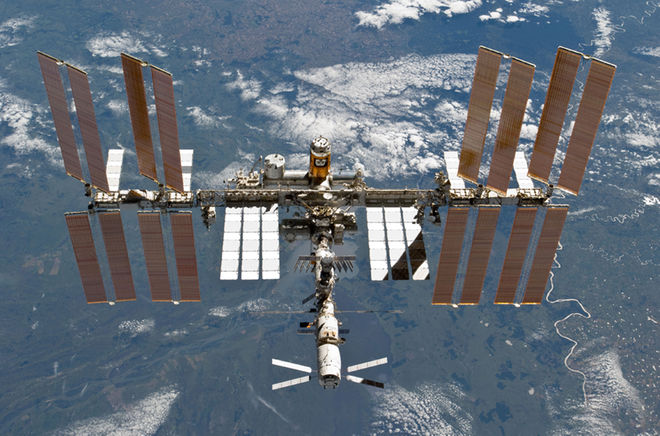Because Star Trek writers sometimes mentioned accurate historical information in episodes and sometimes mentioned inaccurate historical information in other episodes, there is a lot of Earth historical data in Star Trek. And a lot of it is inaccurate.
Since there are lots of accurate and inaccurate historical references in Star Trek* it would be naive to expect that all the accurate historical references are from before a specific date and all the inaccurate historical references are after that specific date, thus making that specific date the date of the moment of divergence. And in fact the accurate and inaccurate historical references are mixed up together over hundreds and thousands of years of Earth history.
Thus Earth history in our alternate universe and the alternate universe of Star Trek have separated and reunited and separated again and reunited again over and over.
The question:
But what is the latest specific person or object or historical event referenced in Star Trek that appears to be the same as in our universe.
I.e. not what is the earliest point of divergence, but what is the latest apparent similarity?
Seems a bit naive. Once two universes diverge, the natural tendency is to drift father and father apart.
It is impossible for there to naturally be more than one point of divergence between two alternate universes. Once two alternate universes diverge, they will never converge to have the same events again.
Since our universe and the Star Trek universe do have multiple points of divergence and convergence, cycling between divergence and convergence, the situation must be unnatural.
Somebody or something is deliberately either:
1) Making the history of our universe (and maybe countless other alternate universes) resemble that of the Star trek universe.
Or:
2) Making events in the Star trek universe (and maybe countless other alternate universes) resemble those in our universe.
Or:
3) Making the histories of both universes (and maybe countless other alternate universes) resemble that of a third universe.
So if in the past someone or something has deliberately made the histories of the two alternate universes converge and resemble each other over and over again after points of divergence, that someone or something might do so again in the future.
Thus the question:
But what is the latest specific person or object or historical event referenced in Star Trek that appears to be the same as in our universe.
I.e. not what is the earliest point of divergence, but what is the latest apparent similarity?
seems pointless. Especially since Star trek producers, directors, and writers seem totally oblivious to the obvious fact that Star Trek is in an alternate universe to ours and are going to keep on mentioned historical events accurately and inaccurately, and thus the latest apparent similarity between our universe and the Star Trek universe will have a later and later date in the future.





